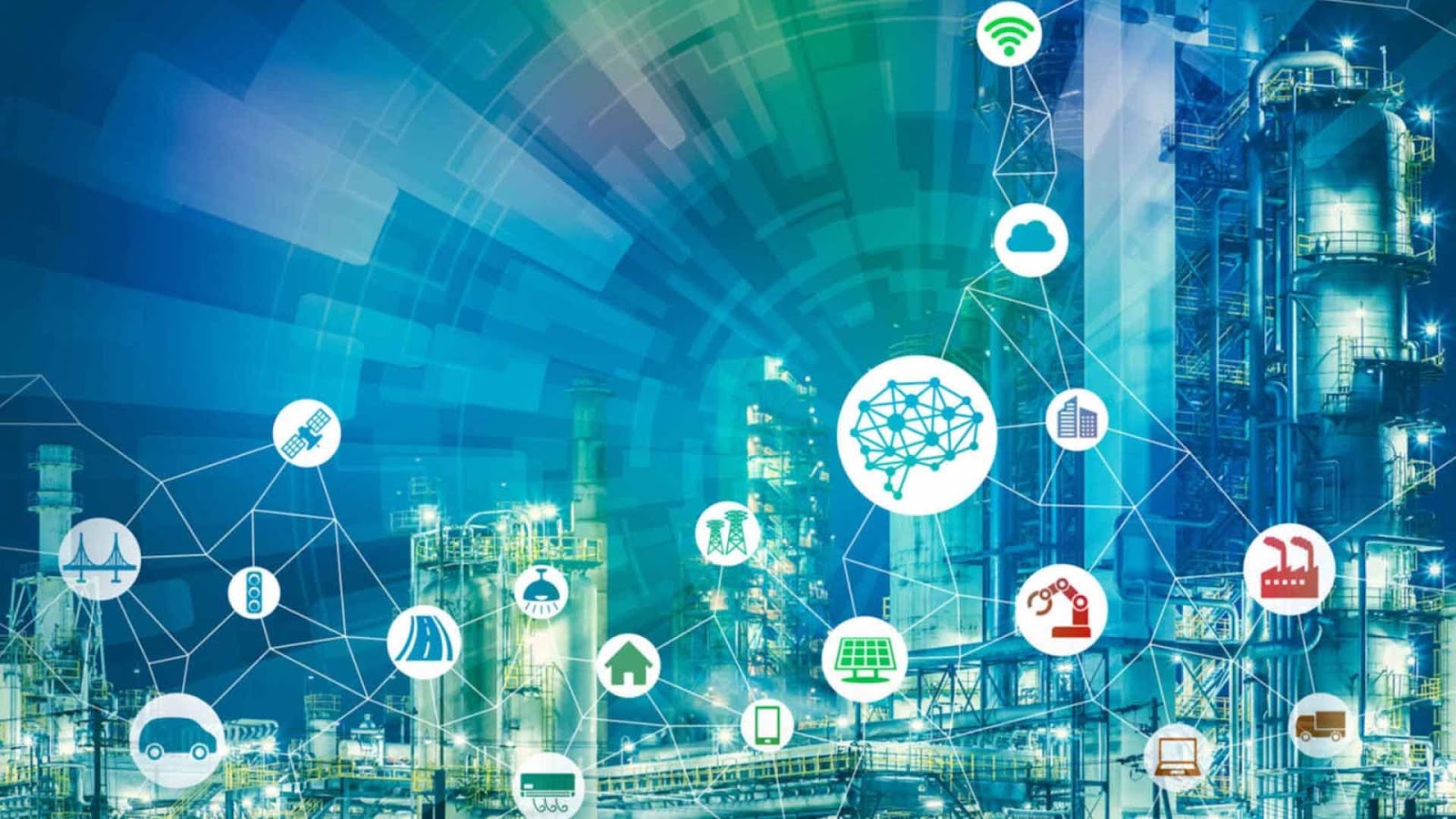𝕬𝖗𝖊 𝖂𝖊 𝕾𝖊𝖊𝖎𝖓𝖌 𝕿𝖍𝖊 𝕰𝖆𝖗𝖑𝖞 𝕾𝖎𝖌𝖓𝖘 𝕺𝖋 𝕾𝖙𝖆𝖌𝖋𝖑𝖆𝖙𝖎𝖔𝖓 𝕴𝖓 𝕴𝖓𝖉𝖎𝖆
ᴀʀᴇ ᴡᴇ 𝐬ᴇᴇɪɴɢ ᴛʜᴇ ᴇᴀʀʟʏ 𝐬ɪɢɴ𝐬 ᴏғ 𝐬ᴛᴀɢғʟᴀᴛɪᴏɴ ɪɴ ɪɴᴅɪᴀ
****************************
Yesterday the retail inflation numbers were released for the month of December, 2019. The overall retail inflation has seen a increase from 2.11% in December, 18 to 7.35% now. More severe increase is seen in the food inflation, from -2.65% in same month, last year to 14.12% now. Earlier this week the advanced estimates for GDP growth was released for FY 19-20. The real GDP growth rate stood at 5% as against 6.8% in FY, 18-19. The quarterly growth rate for September, 2019 stood at 4.5%. Earlier this financial year, the PLFS data on unemployment was released with the unemployment rate stood at the highest in last 45 years.The phenomenon of rising inflation and slow growth with a high unemployment is regarded as stagflation in the economic literature. The present situation of Indian economy shows early signs of stagflation given all the economic indicators mentioned above. If this same trends of high inflation and slow growth persists for one or two more quarters then actually the country will be under stagflation.Why should be worry about stagflation? Stagflation hints a severe problem for the economy as it’s an unnatural situation because inflation is not supposed to occur in an economy facing slow growth. This is a difficult situation for the government and the central bank of the country to manage. As any measure of controlling inflation by increasing the interest rates typically will lead to fall in investments and demand in the market leading to further slowdown in the GDP growth rate. Similarly a focus to increase the GDP growth rate by pushing more money in the economy can lead to further increase in inflation. So this is like a catch 22 situation for the policy makers as any policy can worsen the situation.
Now what has lead the Indian economy to this situation where we are seeing the early signs of inflation. As per the experts from Bloomberg, the heart of India’s problems is a slump in consumption following a combination of policy missteps, from the unprecedented decision to ban high-value cash notes at the end of 2016, to the chaotic implementation of a unified goods and services tax the following year. That was followed shortly after by a credit crunch, which triggered a crisis among shadow lenders — a key provider of small loans to hundreds of millions of consumers and businesses.
There has been a severe decline in private consumption. The export growth also has shrank. The growth of investments also has seen a slowdown. All of these have caused a slowdown in the GDP growth rate. The most severe problem is the slowdown in demand. There was a sharp drop in automobile sales. Retail demand also has seen a severe slowdown. This has lead to a job losses in many sectors and production has been stalled in many firms. The people intensive sectors of India mainly the agriculture, manufacturing and construction has seen a significant slowdown. This has been one of the prime factors causing the slowdown in demand. Consumption makes up about 60% of gross domestic product, and spending has slumped as businesses shed jobs and put off investment plans. Consumer sentiment remains in the doldrums and the recent volatility in oil prices could be a further drag on spending.The RBI has announced multiple rate cuts and the government of India also pumped in money in various sectors. The government also announced a cut in corporate tax rates to pump up the private investments. Specific packages has been announced for real estate sectors which is facing a huge dearth in demand. But many of this steps where supply focused and did not quite address the demand problem. The rate cuts have not helped either.
Experts called for direct money transfer in the hands of people as one of the solutions. Now with the unnatural rains this time and coupled with the oil price rise the food inflation has seen a severe increase causing the retail inflation to rise. The vegetable inflation stood as high as 60%. At this point addressing the demand problem in the economy will further lead to a rise in inflation. On the other hand addressing the inflation problem will lead to further slowdown. This makes the job of the finance minister and the RBI very challenging.
There is a need of utmost focus in the health of the economy right now to ensure that this trend of rising inflation and slowing growth does not persist for long. After negative index of industrial production for last three months, the latest numbers have seen a positive growth. This gives some sense of hope. But one has to understand this positive growth is mainly driven by a lower base effect. It needs to be seen how IIP fares in the next few months. Moreover close focus on inflation needs to be given. India’s recovery is still sputtering. The GDP tracker of Bloomberg shows growth slamming into reverse in November after a pickup in October, adjusted for year-earlier base effects as per as reports published by them. This cautions against any premature withdrawal of policy support.




Comments
Post a Comment